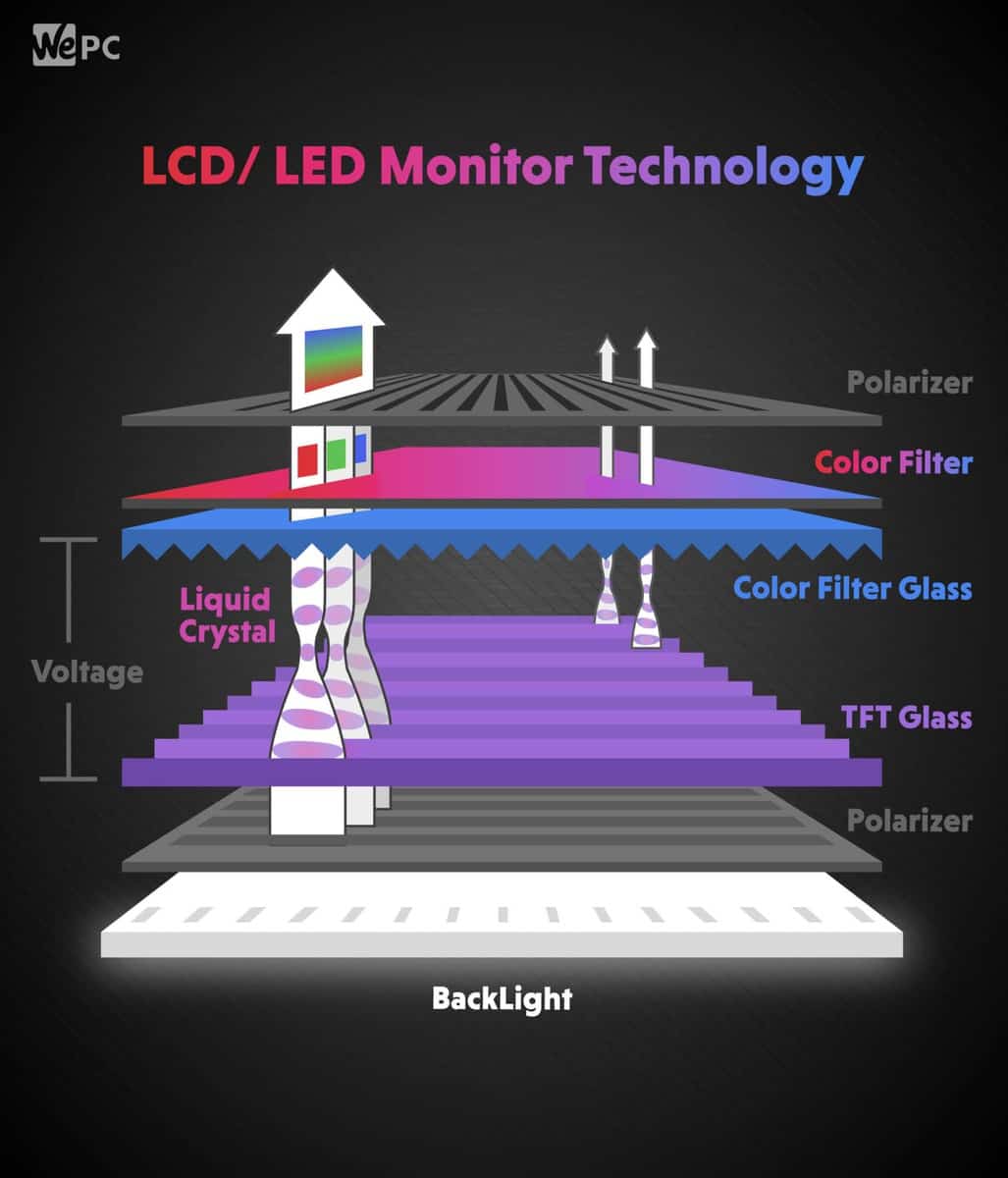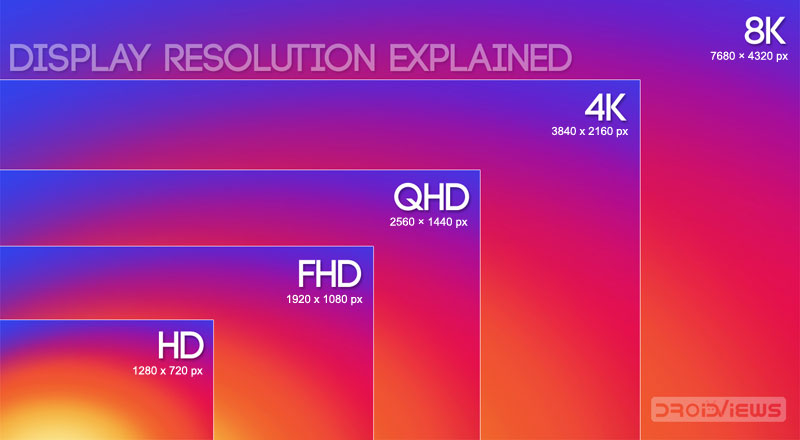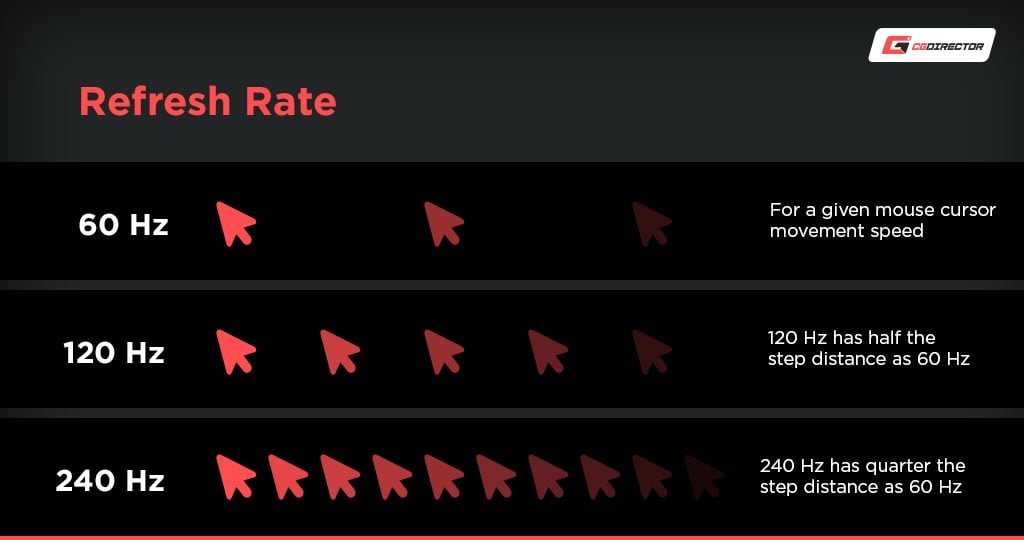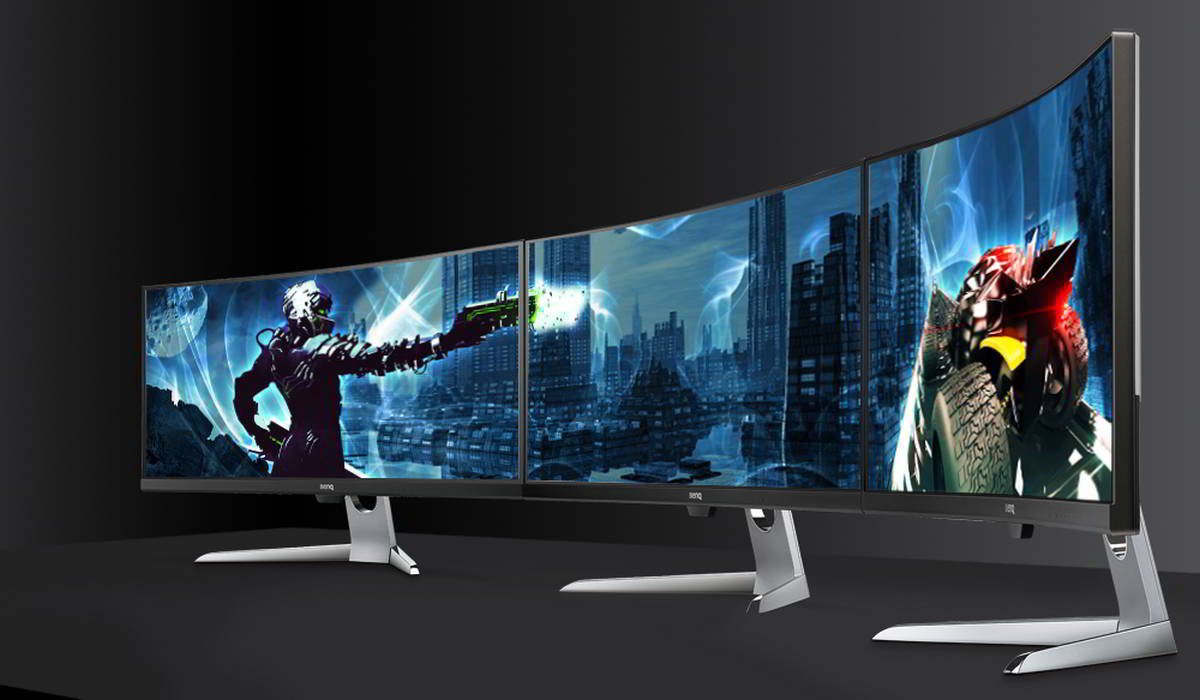Led Moniter Presentation
| Introduction | ||
|---|---|---|
| LED Monitors: The Future of Display Technology. LED (Light-Emitting Diode) Monitors provide superior image quality and energy efficiency. LED Monitors are becoming increasingly popular in homes, offices, and gaming setups. | ||
| 1 | ||
| How LED Monitors Work | ||
|---|---|---|
| LED Monitors use Light-Emitting Diodes to illuminate the screen. These diodes emit light when an electric current is passed through them. The light from the diodes is then used to create the images on the screen. | ||
| 2 | ||
| Advantages of LED Monitors | ||
|---|---|---|
| Enhanced Image Quality: LED Monitors offer excellent color accuracy and contrast ratios. Energy Efficiency: LED Monitors consume less power compared to traditional LCD monitors. Thin and Sleek Design: LED Monitors are thinner and lighter, making them easier to handle and mount. | ||
| 3 | ||
| Types of LED Monitors | ||
|---|---|---|
| Edge-Lit LED: LED lights are placed around the edges of the screen, resulting in a slimmer design. Direct-Lit LED: LED lights are evenly distributed behind the entire screen, providing more uniform lighting. Full-Array LED: LED lights are placed in a grid layout, offering better control over brightness and contrast. | ||
| 4 | ||
| Display Resolutions | ||
|---|---|---|
| LED Monitors are available in various resolutions such as HD (720p), Full HD (1080p), and 4K Ultra HD. Higher resolutions result in sharper and more detailed images. Selecting the right resolution depends on your usage and budget. | ||
| 5 | ||
| Refresh Rates and Response Times | ||
|---|---|---|
| Refresh Rate: LED Monitors with higher refresh rates (e.g., 144Hz) provide smoother and more fluid motion. Response Time: Lower response times (e.g., 1ms) reduce motion blur and ghosting in fast-paced games and videos. Consider your specific needs, such as gaming or video editing, when choosing the appropriate refresh rate and response time. | ||
| 6 | ||
| Connectivity Options | ||
|---|---|---|
| LED Monitors come with various connectivity options like HDMI, DisplayPort, and VGA. HDMI is the most common and versatile option, allowing you to connect multiple devices. Ensure your LED Monitor has the required ports to connect your devices. | ||
| 7 | ||
| Features to Consider | ||
|---|---|---|
| Adjustable Stand: Look for a monitor with height, tilt, and swivel adjustment for ergonomic comfort. Blue Light Filters: LED Monitors with blue light filters help reduce eye strain during long hours of use. Built-in Speakers: Some LED Monitors have built-in speakers, eliminating the need for external speakers. | ||
| 8 | ||
| Maintenance and Care | ||
|---|---|---|
| Clean the screen with a soft, lint-free cloth to avoid scratching or damaging the display. Avoid using harsh chemicals or abrasive materials to clean the monitor. Use a screen protector to prevent dust and scratches on the surface. | ||
| 9 | ||
| Conclusion | ||
|---|---|---|
| LED Monitors offer superior image quality, energy efficiency, and a sleek design. Consider your specific needs, such as resolution, refresh rate, and connectivity options. With proper care and maintenance, LED Monitors can provide years of excellent performance. | ||
| 10 | ||









